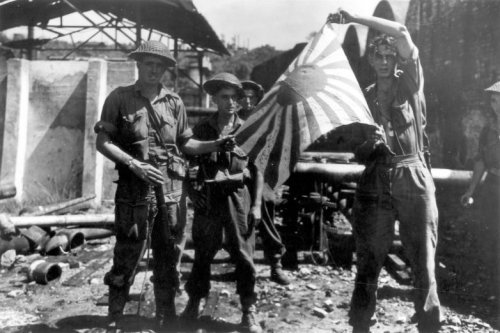
Photo: Spaarnestad
After Japan's defeat in World War II, Allied troops consisting of British and Dutch troops entered Indonesia to disarm the Japanese troops. What they didn't know was that shortly after Japan's defeat, Indonesia immediately proclaimed its independence.
A few weeks before the arrival of the British and Dutch troops, news had already spread. Various elements of society rejected the arrival of foreign soldiers. British troops faced fierce resistance in East Java, especially after the issued of the Declaration of Jihad by Nahdlatul Ulama on October 22, 1945, days before British troops arrival.
The call for jihad was widely welcomed by the people of East Java, they were ready to die facing foreign troops who will come to invade their land. The arrival of about 6,000 British troops on October 25, 1945 met fierce resistance. As a result, their leader, Brigadier General A.W.S. Mallaby was killed in an armed contact. Mallaby's death angered the British who then issued an ultimatum for the fighters to surrender. British military planes spread pamphlets containing the ultimatum in the skies of Surabaya, the capital of East Java.
But the ultimatum only added to the anger of the fighters against the British army and sparked even more resistance. On November 10, 1945, when the ultimatum expired, a large battle broke out known as the Battle of Surabaya. British troops as part of the Allies who won the World War II did not expect to face fierce resistance from the residents of East Java.
The photo above shows some British soldiers in Indonesia showing the Imperial Japanese flag they found. There is no definite information about the place and time of the photo, but it is suspected that the photo was taken in Surabaya in 1945, the moment when the British army faced hell in the East of Java.